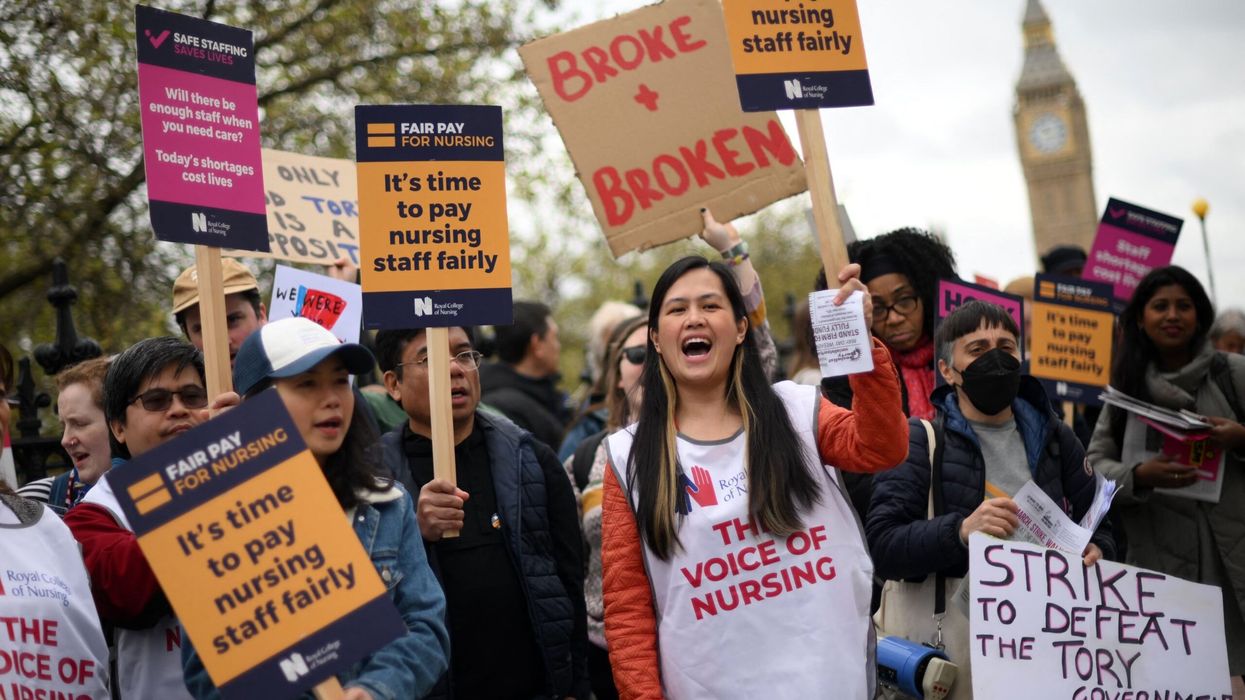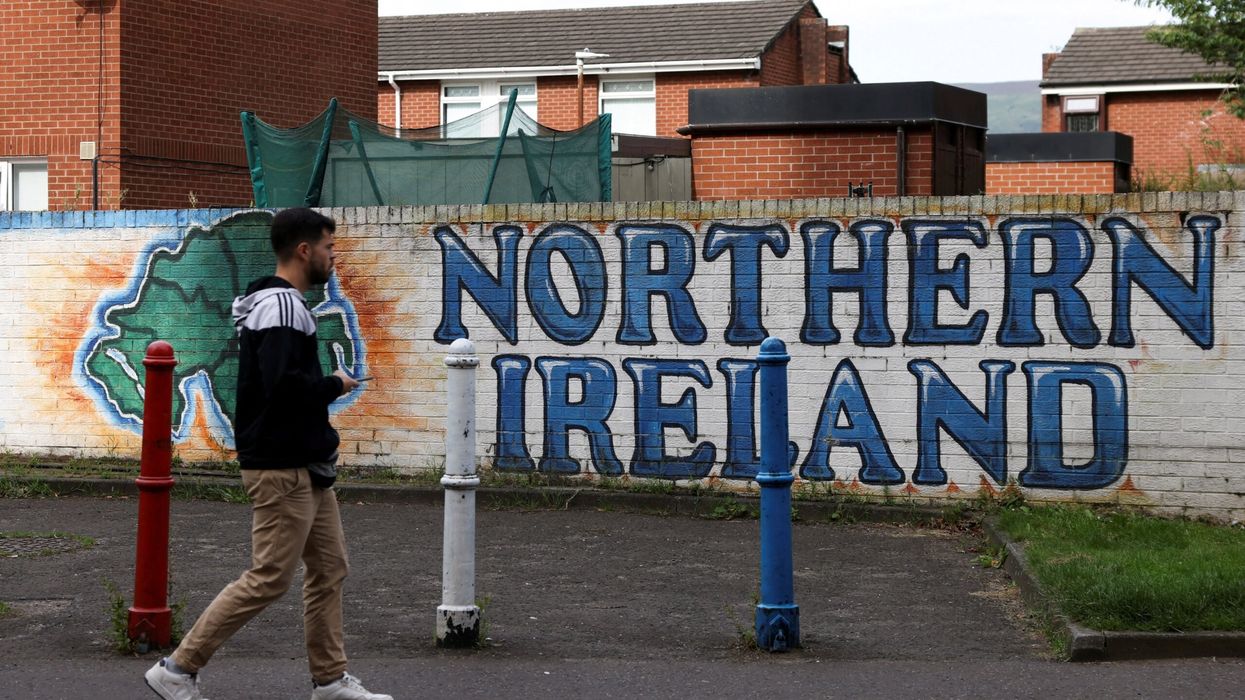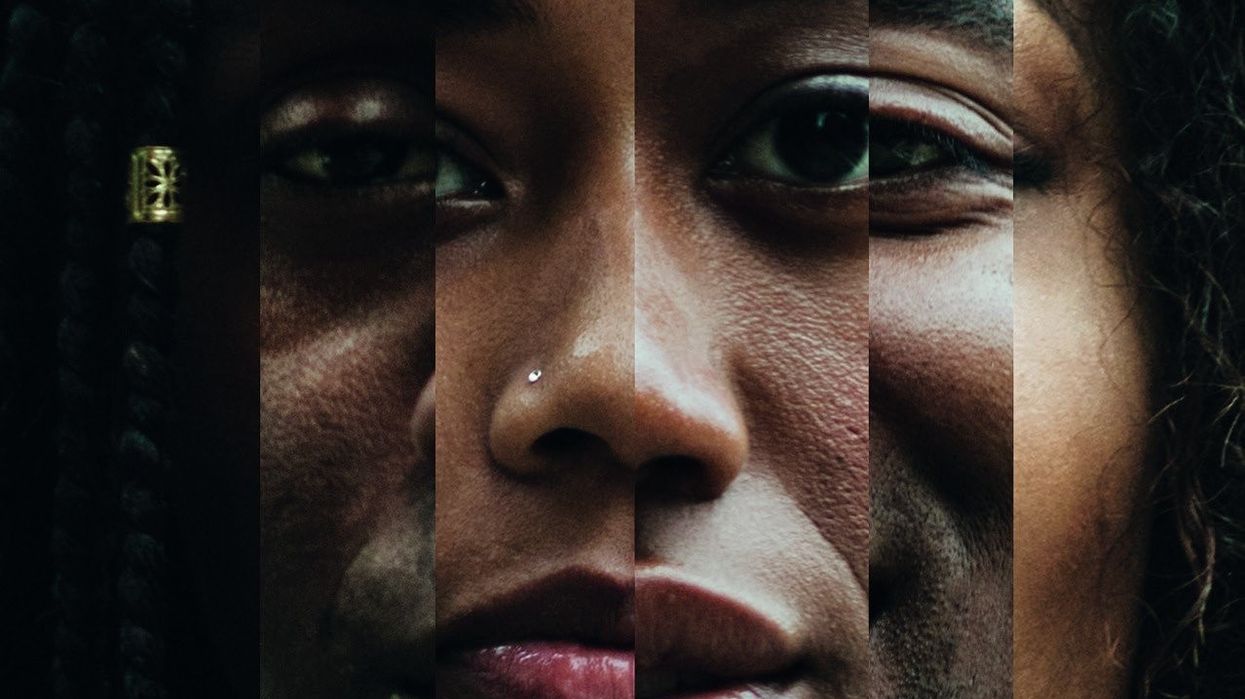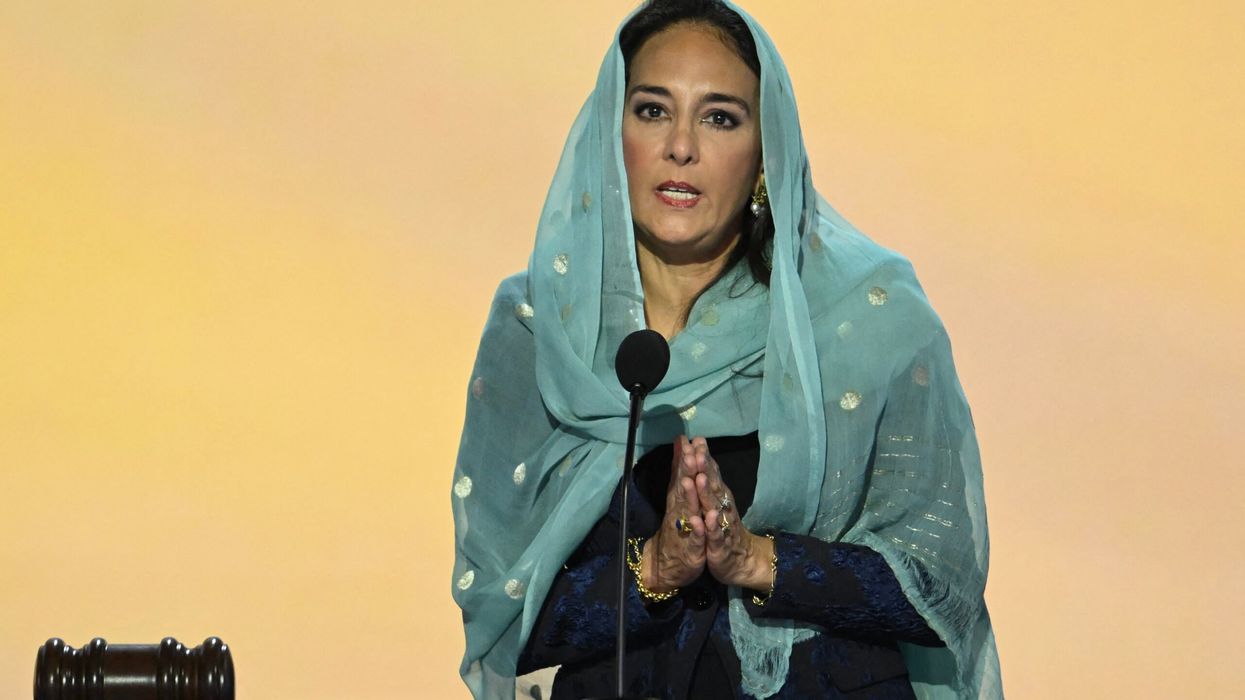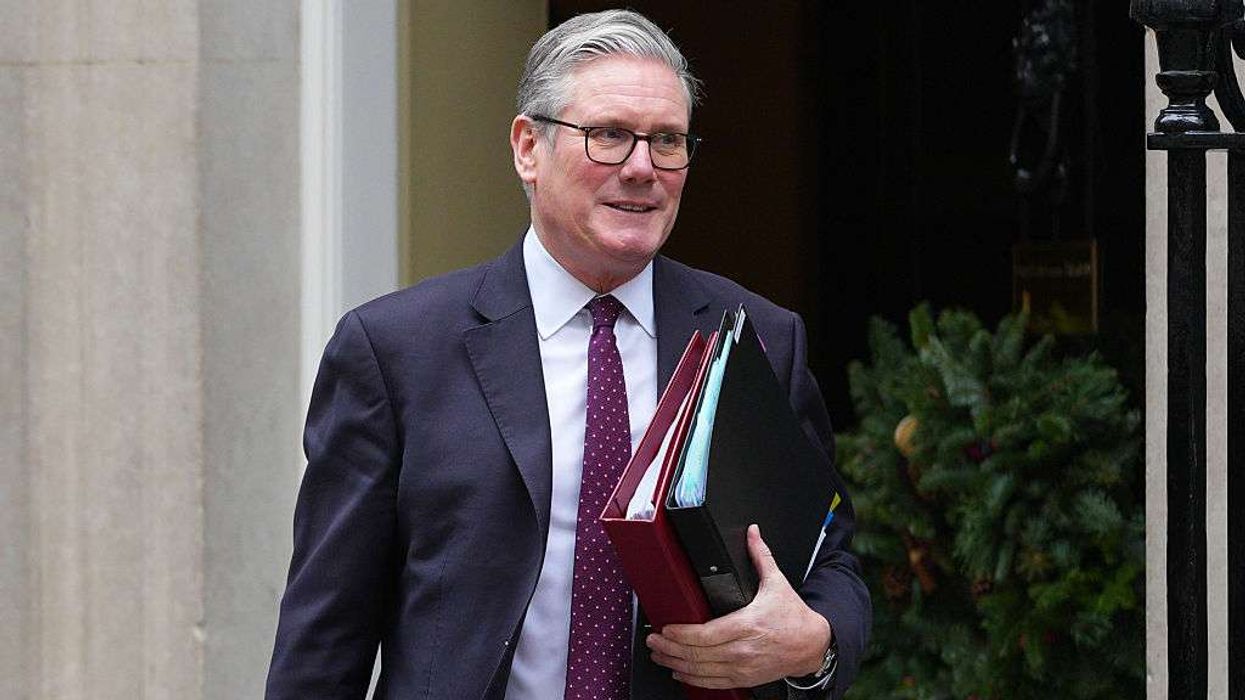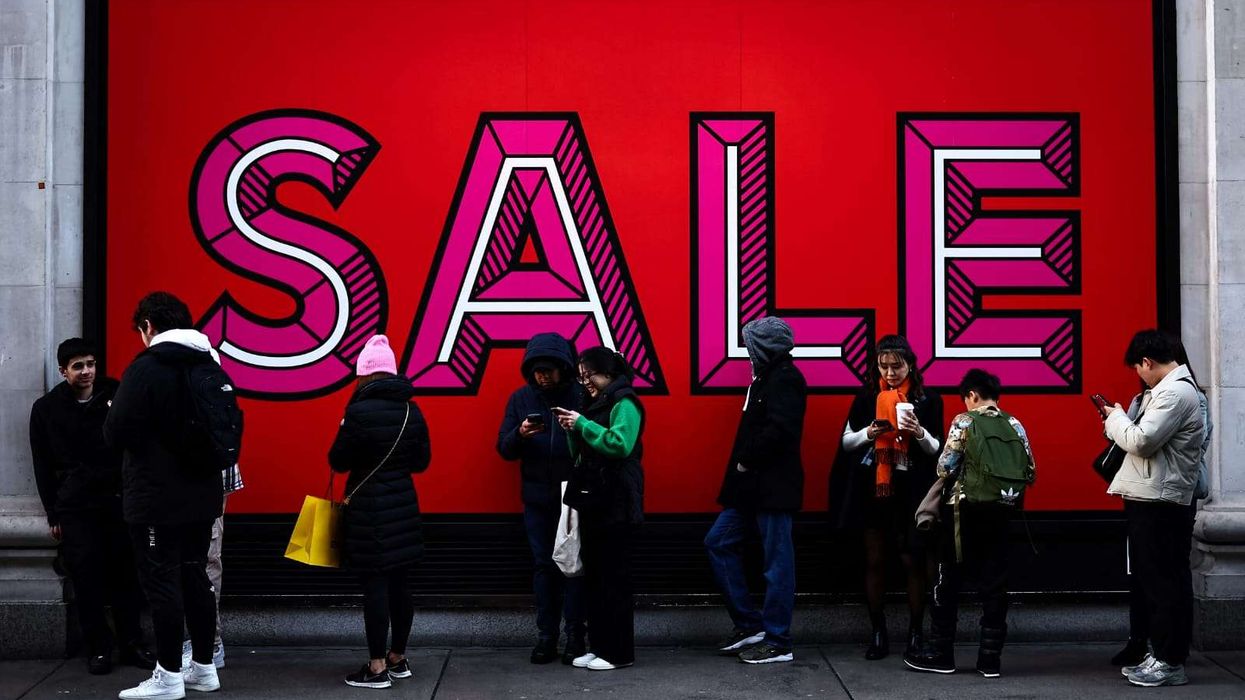A woman's experience at an Asian dating event has gone viral on social media, as she described how disorganised it was, with other attendees waiting in an overheated marquee for over two hours.
Twitter user Zainab said on the social media platform the speed dating part of the event was equally “underwhelming”, with awkward loud countdowns by the host and a lack of clear instructions on which table to move to next.
In a long thread, she said non-(dating) app members paid £35, plus platform fees, for admission to the event. They were offered a pink-coloured "mojito," a small packet of Haribo sweets, and a water bottle, with refills available.
“There were cameras everywhere like it was a desi wedding, made so many of the girls and probably guys uncomfortable, so we would miss rounds to avoid the camera around our table,” she posted.
The tables at the event were arranged into four age groups, which some attendees found confusing, Zainab said, adding that some reported having no choice in their assigned group.
Although the organisers had planned for four hours of speed dating, Zainab said she spent only 60 minutes before leaving to visit the food trucks and spent a total of 90 minutes at the event.
Commenting on the “sad truths of dating in the Muslim community”, she spotted in the queue for the food, “two women in their early 20s being hit on by what I could guess are men in their early 40s – they were visibly uncomfortable but hints were not received.
“On a few occasions when I was wandering alone, I had a few uncomfortably older men approach me.”
Some of the men asked her age, only to lose interest in the conversation once they learned she was older than them by only one or two years.
She added, “Heard at the event from a popular TikTok guy: “this event isn’t for me, my kind of wife would be sitting in the corner shying away, being quiet with a mehram” all whilst walking and working the event.”
Zainab said there were cameras set up throughout the marquee, which she said made many attendees “uncomfortable”.
In fact, some people missed rounds to avoid the cameras around their tables, she noted.
To her disappointment, Zainab said the event was not very diverse, predominantly attracting south Asian and Sunni attendees with a preference for partners from the same cultural background.
Though the woman didn’t name the organisers of the event, she said it was the biggest speed dating event, run by one of the "popular" dating apps for Muslims in the UK.
Zainab offered suggestions to improve the event in the future – among them were that the organisers hold smaller events with narrower age groups to allow for more age-appropriate and safer interactions.
She also recommended that the organisers use an app or form for a safer exchange of information, rather than giving out phone numbers and Instagram handles as they did at the event.
Additionally, she suggested the organisers have cameras outside the marquee and allow attendees to opt-in to being filmed, rather than having no option to opt out.
Her posts attracted 440,000 views on the social media platform.

